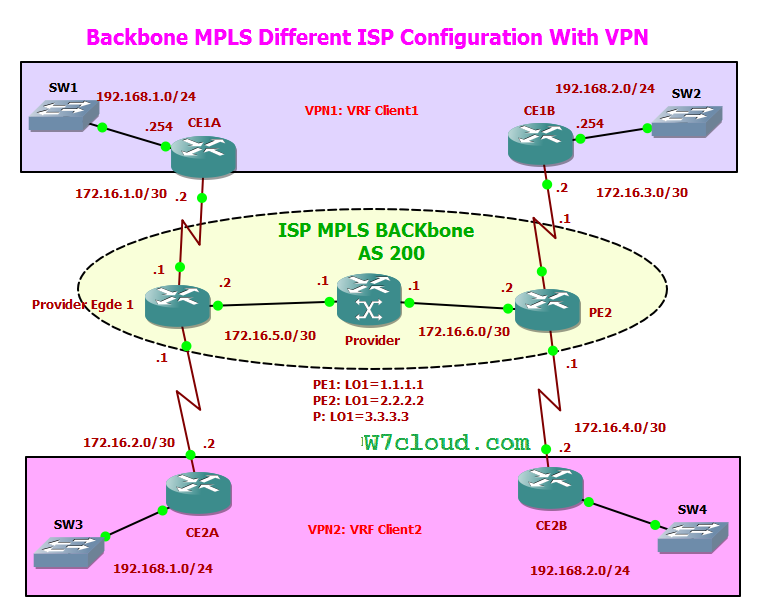
Organizations face considerable hurdles because of concerns with cloud computing security. Although the cloud computing has lots of good things, there are also worries that we need to think about. Threats change along with technology so businesses must be on the lookout to protect their important assets.
Cloud Computing Security
The 2020 cloud security report offers conflicting opinions on moving business processes to the cloud would increase their level of security.
Of those surveyed, 45% claimed that cloud and on-premises application security were equivalent. Unlike 27% of people who worried that cloud apps are less safe than apps on their own computers, 28% of people said that cloud apps are safer than on-their-computer apps. Here are some mitigation strategies for the main security risks associated with implementing cloud technologies.
Data Leaks and Data Breaches
There are several data exchanges between staff members and the systems when using cloud computing. Hackers can typically intercept data transfers; modify or steal information files, and use the opportunity.
Over $3.18 trillion was lost by businesses and corporations worldwide due to data breaches in 2019.
Solution
Securely storing all of your data is the only way to defend your system from this attack. Tools for in-transit security are available to assist with this process. To guard your cloud computing system against this danger, you can utilize a TLS or an SSL certificate. You can find low-priced or cheap SSL certificates from authorized resellers and CA like DigiCert, SSL2BUY, RapidSSL, GlobalSign, etc. Always use an SSL certificate from a reliable SSL provider to adopt Cloud Computing Security. It will save you money and protect your security against any threat.
Additionally, you must ensure that every worker is adhering to the policies regarding secure connections.
The Virtual Private Network is an additional precaution equally important for protecting your data. Encrypting all data in transit between your company’s network and Wi-Fi access points is essential.
Distributed Denial of Service (DDoS) Attacks
Another typical method of cloud attack can be very destructive. DDoS (Distributed Denial of Attack) is an attack that bombards genuine users with malicious connection requests to deny them access to internet services.

Solution
- Pile up your enterprise’s internet connection with surplus bandwidth. Bigger bandwidth means hackers must try harder to clog it up with requests.
- Uncover the vulnerabilities in your system by scanning it with web application scanning tools. Fix the flaws that surface, and arm yourself with security controls to deter such security breaches in the future.
- Prepare for the worst by having a backup internet connection on standby. The backup should come equipped with a distinct set of IP addresses that act as a backup in an emergency.
- Defend yourself by configuring your Web Application Firewall (WAF) with customized rules. The rules filter out suspicious IPs that try to wiggle their way into your system, ensuring a safer environment for you and your business.
Intruders
Because malevolent employees already have access to the organization’s network and critical resources, insider attacks constitute a serious security risk to businesses. It is usual for attackers to seek out this level of access, making it difficult for unprepared companies to recognize malicious insiders.
In cloud systems, it is extremely hard to detect these dangers. Regular security methods don’t work well for cloud setups because businesses want more say in managing the basic framework. Detecting malevolent insiders is further complicated by widespread security misconfigurations, direct Internet access to cloud-based infrastructure, and other factors.
Solution
Organizations need to have strong security measures to stop people from harming cloud systems from the inside.
- Make sure, only certain people have access to important parts of the system, and only give them as much access as they need.
- Keep an eye on the system all the time; and look for anything that seems suspicious.
- Teach employees how to keep things safe and let them know about the dangers of doing anything bad.
- Have a plan for when bad things happen so you can fix them immediately.
- Use special technology to spot weird behavior and stop bad things from happening.
Cyberattacks
Cybercriminals plan their attacks carefully, going after the most lucrative targets. Since cloud-based infrastructure is available from the public Internet with little to no additional protection, it is a prime target for cybercriminals. In addition, because many companies use cloud services, a single successful assault might have a domino effect on the rest of the industry.

Due to the availability of potentially important information stored in the cloud, these infrastructures have become popular targets for cyberattacks against businesses.
Solution
Organizations must take extensive cloud computing security precautions to protect cloud deployments against hackers. Start with strong access controls, encryption, and intrusion detection. Second, patch cloud infrastructure and applications regularly to address known vulnerabilities.
Third, perform rigorous security assessments and penetration testing to detect and fix vulnerabilities. Educate personnel about cybersecurity best practices, require robust authentication, and use advanced threat detection tools to prevent assaults.
Vulnerable gateways
Most application programming interfaces (APIs) and customer interfaces offered by cloud service providers (CSPs) are well-documented to improve usability. However, when users need to secure these interfaces within their cloud architecture sufficiently, this technique poses potential hazards.
Although designed to make use easier, customer-focused documentation may unintentionally help cybercriminals find and exploit weaknesses to gain access without authorization and exfiltrate sensitive data from a company’s cloud environment.
Solution
Organizations/Businesses should implement the following solution to reduce the risk of unwanted access and data exfiltration through insecure interfaces in a cloud-based infrastructure.
- Start by regularly conducting security assessments to find and fix issues.
- Second, use robust authentication and access controls on secure API endpoints.
- Third, fix APIs often to eliminate known vulnerabilities.
- Finally, to prevent fraudster exploitation, thoroughly train clients to use safe APIs and encourage them to adhere to security best practices.
Conclusion
Cloud services and their adoption continue to increase. Many businesses and organizations throughout the globe have adopted its use. The rise in its popularity has coincided with the emergence of serious challenges against it.
Always use a cheap SSL certificate from a reputed seller like ssl2buy to adopt Cloud Computing Security. It will save you money and protect your security against any threat.












